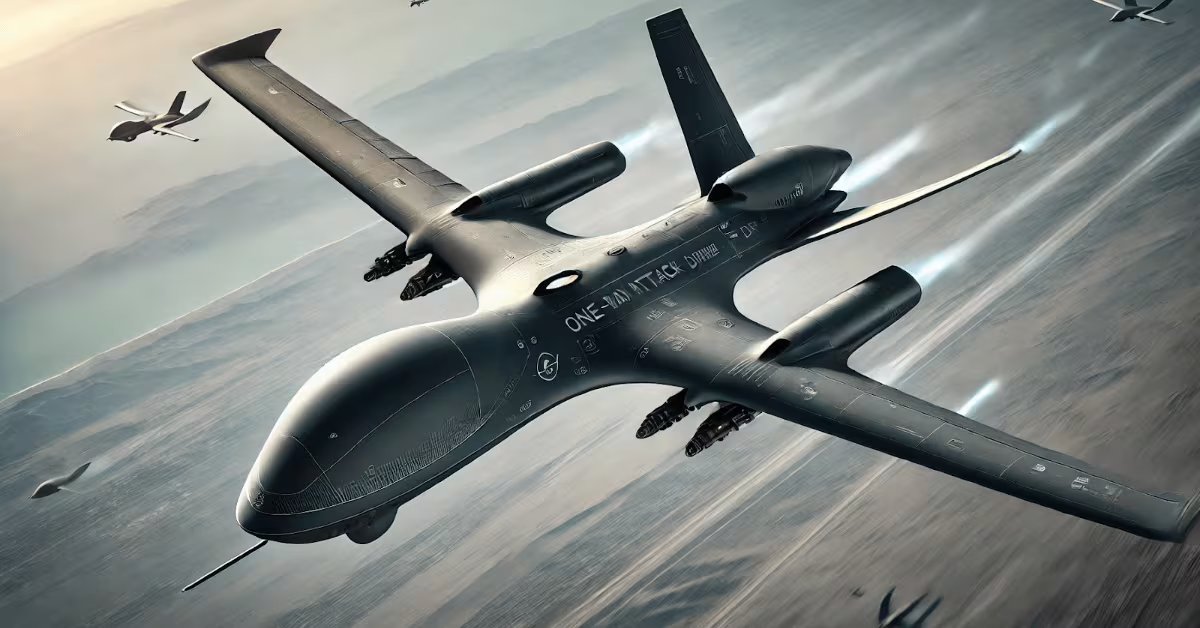DUBAI, United Arab Emirates — As the aerospace industry attempts to financially recover from the pandemic, some helicopter companies are militarizing commercial variants.
“As Bell, we don’t always sell commercial products to the militaries, but [in] the time of COVID, there are countries that can’t necessarily afford purpose-built military platforms,” Steven Mathias, vice president of global military sales and strategy at the American company, told Defense News at the Dubai Airshow this week. “Hence, they started turning more to commercial platforms for military uses that can be very quickly adapted because of the technologies that can be integrated into them like sensors and weapons.”
He said militarizing a commercial platform is less expensive for customers than buying a war-ready variant — plus the commercial version is more easily exportable and lighter.
“Countries are turning into that more and more. Some of this is because they can’t afford a military platform and because the time needed for approval is decreased considerably,” Mathias said, noting this workaround is legal.
It’s quicker for a government defense agency to approve the sale of individual weapons systems that can outfit a commercial helicopter than for it to OK the sale of a military aircraft. That’s especially the case if the weapon system was previously exported to the customer.
At the air show, Emirati pilots stood beside the Bell 407 commercial helicopter on display, but it looked nothing like an aircraft for commercial use. It was armed and painted for battle.
The helo is already operational with the United Arab Emirates’ Joint Aviation Command. A static display of a mounted machine gun, rockets and missiles showed part of Bell’s HOSS armament platform, used to transform commercial aircraft into military platforms.

“This activity is all part of the changes to the U.S. arms sales structure in order to speed up the process,” said Theodore Karasik, a senior adviser at the U.S.-based geopolitical consultancy Gulf State Analytics. “There had been complaints about the process, which resulted in these changes for efficiency. [The] defense industry and clients seem to have worked out a better system for effective sales.”
He explained that with potential legal problems addressed, the process of selling a commercial aircraft that can later receive military kit becomes critically important for future operations.
“What we’re seeing now are the benefits of such a system for sustainability in the post-COVID era. This is a [Fourth Industrial Revolution] environment where rewiring for efficiency is an absolute requirement,” he told Defense News.
Mathias said the company is prepared to “militarize any of the commercial platforms.”
“If they [the customers] need a small attack aircraft, then arming Bell 407 is the choice. If they need twin-engine aircraft, the 429 is suitable. Or maybe customers just need to add sensors on the platform for ISR with the vertical lift capability,” he said. “Any weapon system that is on the AH-1 Zulu can be added to the commercial aircraft, like Hellfire, APKWS [laser-guidance kit, and] rockets.”
He said he expects that next year the company will see the process — which began in mid-2021 — gain speed to allow commercial platforms to be used for training, light attack, close air support, ISR and search and rescue missions.
Corrado Cok, a defense expert at Gulf State Analytics, told Defense News commercial-turned-military aircraft is a useful means by which customers can dodge political pressure.
“We live at a time of increasing parliamentary scrutiny and growing public criticism against arms sales,” he said. “This is especially the case for fighter jets, helicopters and precision-guided bombs, particularly when sold to Gulf countries which are involved to some degree in the war in Yemen.”
Agnes Helou was a Middle East correspondent for Defense News. Her interests include missile defense, cybersecurity, the interoperability of weapons systems and strategic issues in the Middle East and Gulf region.








